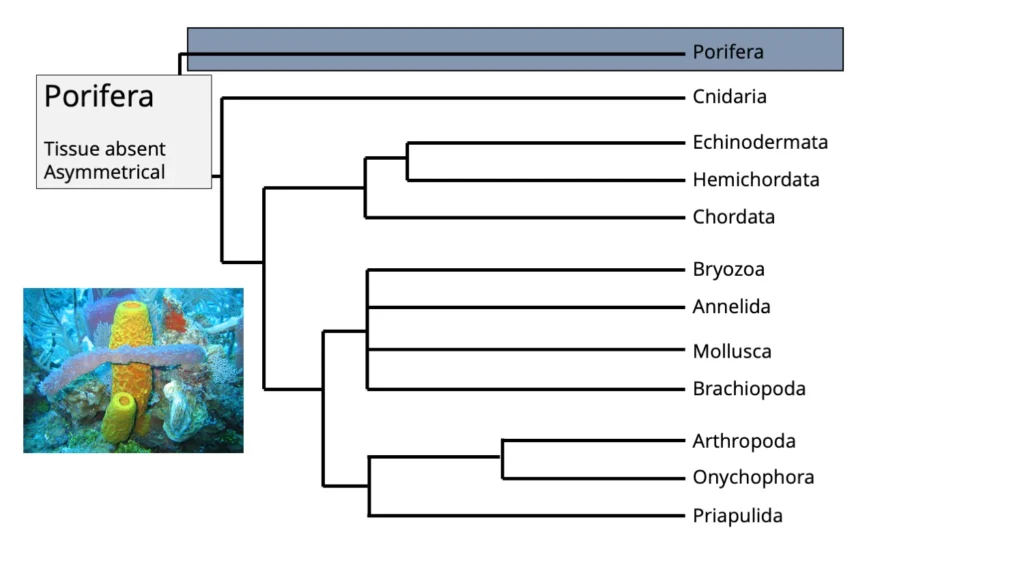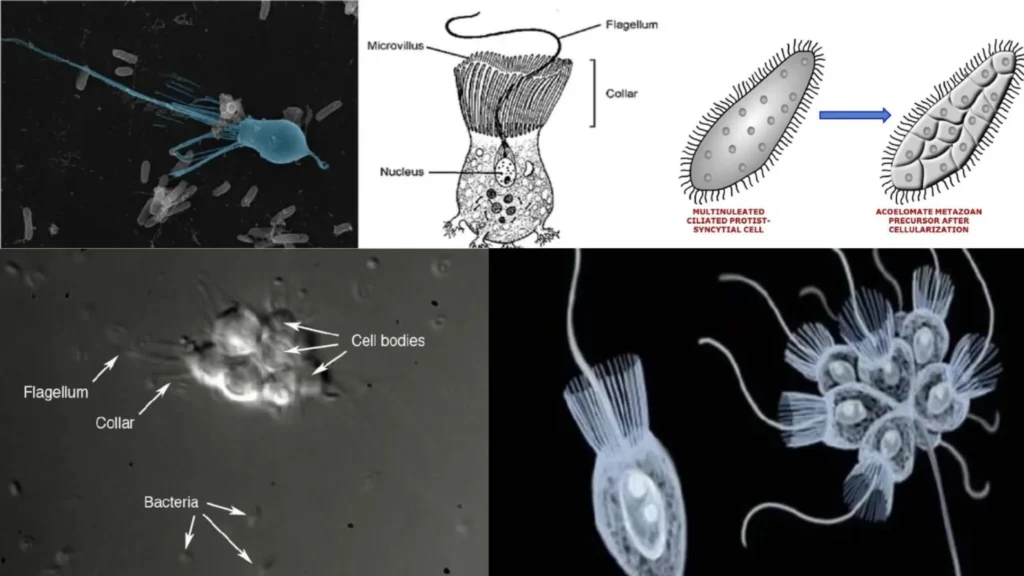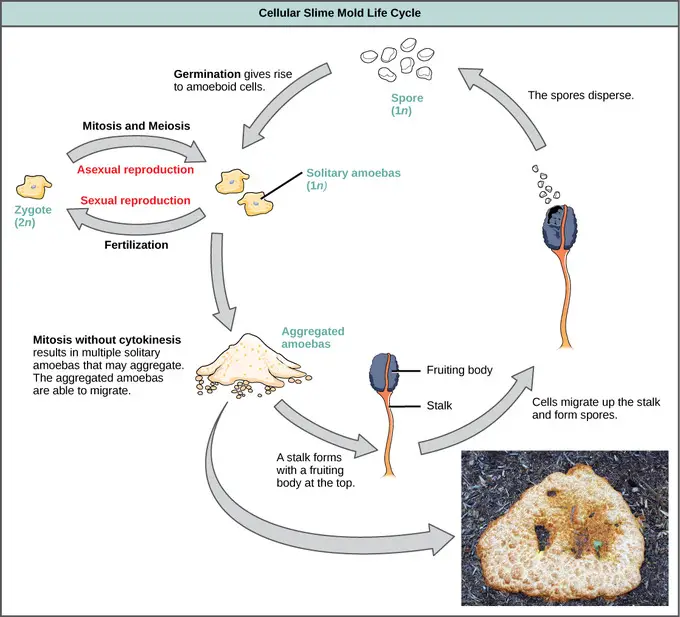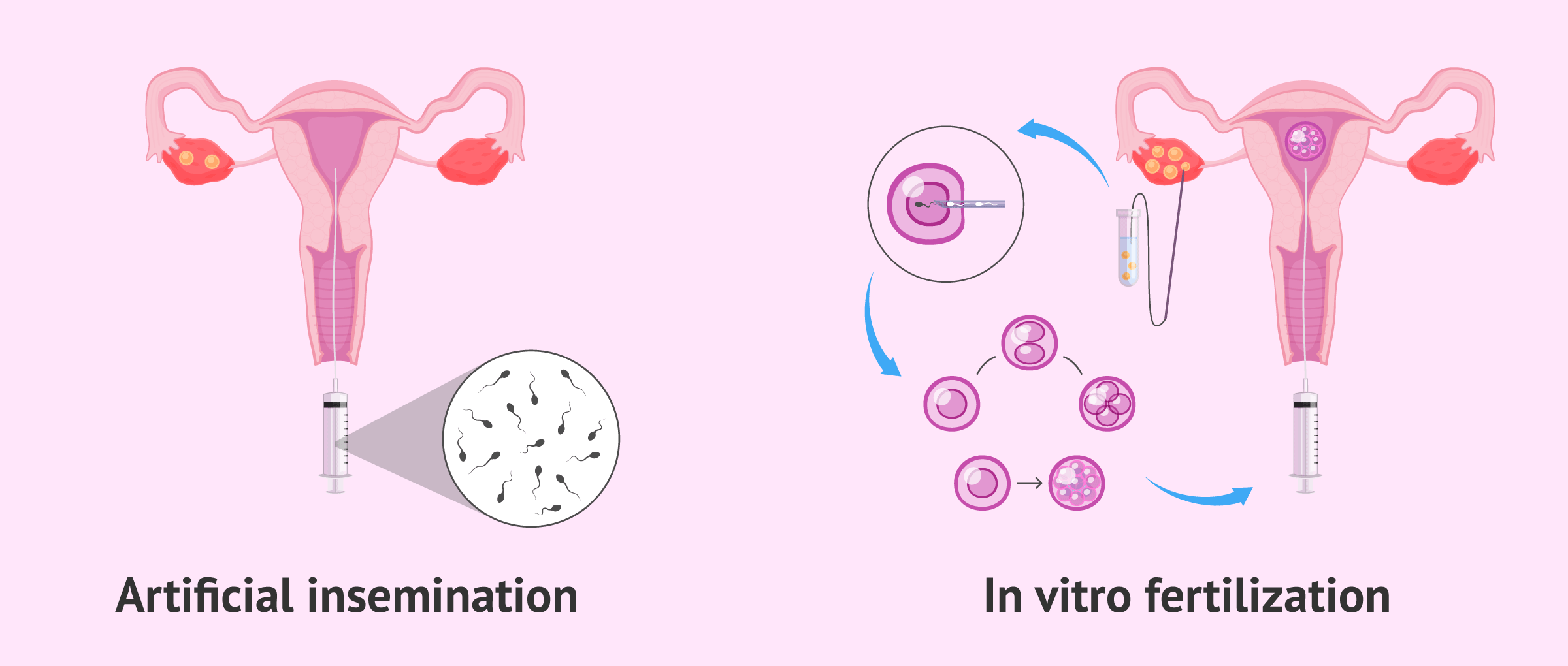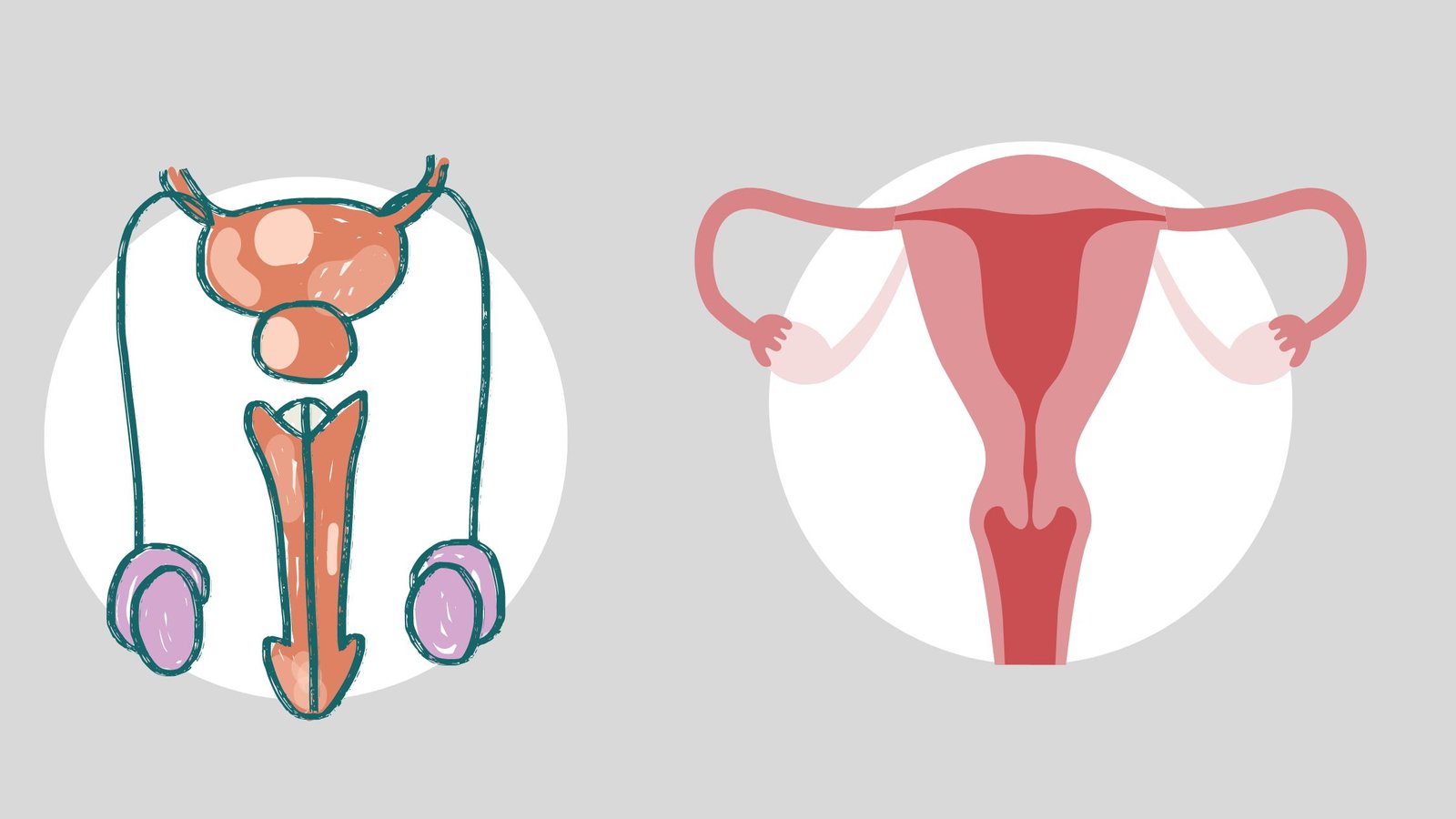Phylum Platyhelminthes – Characteristics, Classification, Examples
What is Phylum Platyhelminthes? Definition of Phylum Platyhelminthes Phylum Platyhelminthes, also known as flatworms, comprises bilaterally symmetrical, triploblastic, dorsoventrally flattened invertebrates lacking circulatory, respiratory, and skeletal systems, characterized by a simple digestive system with a single opening and a protonephridial excretory system. Characteristics of Phylum Platyhelminthes Classification of Phylum Platyhelminthes Class 1- Turbellaria (L., turbella= a little … Read more

